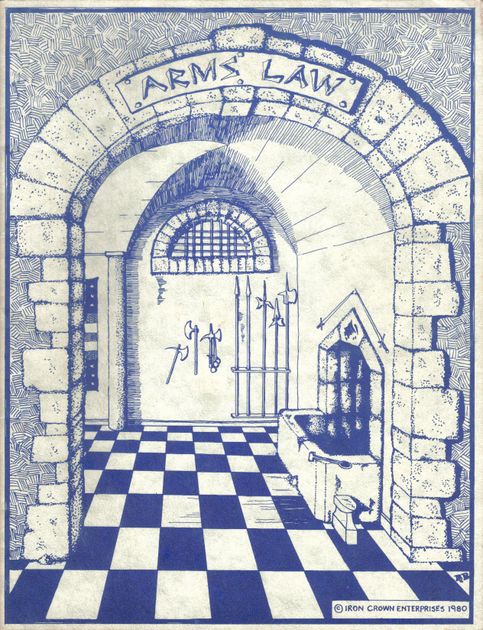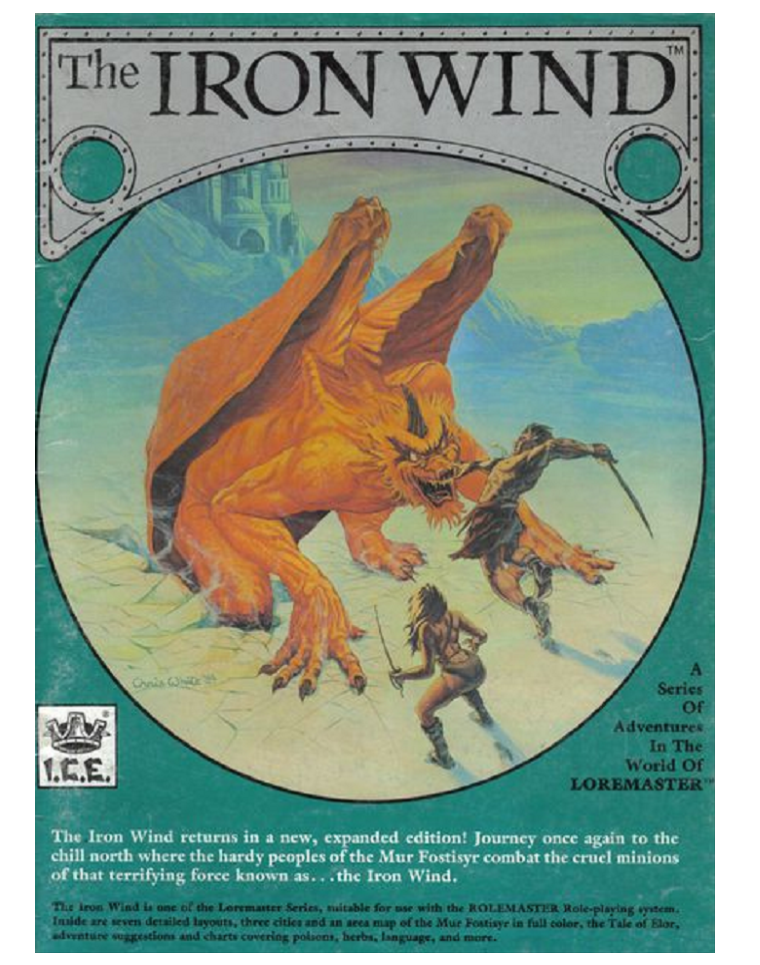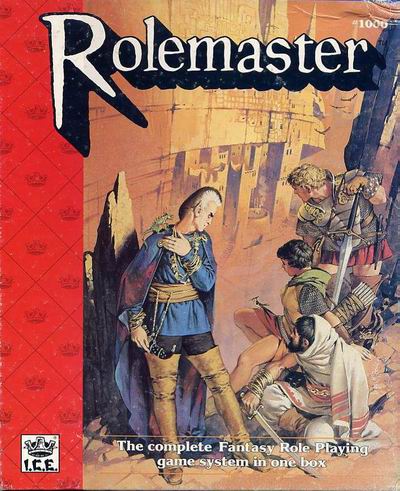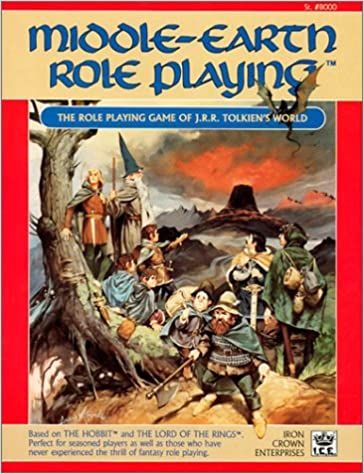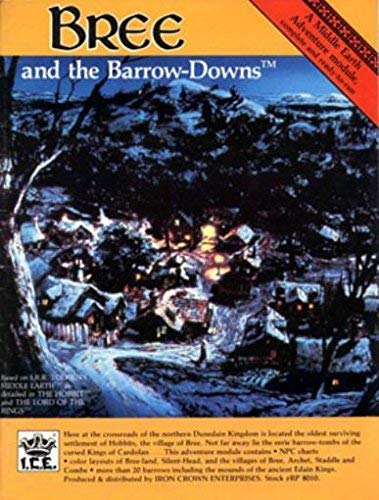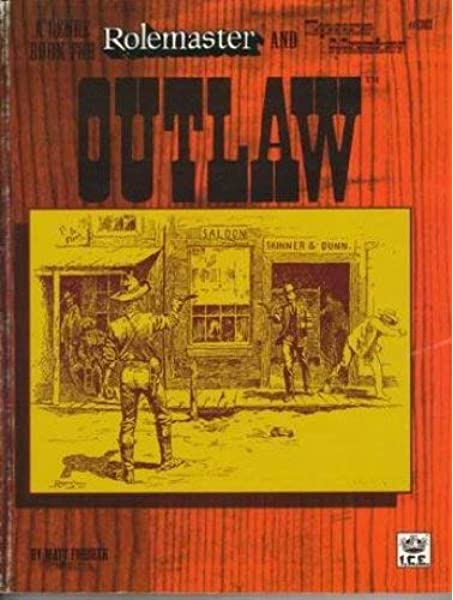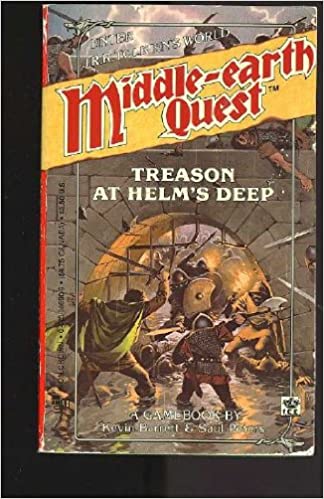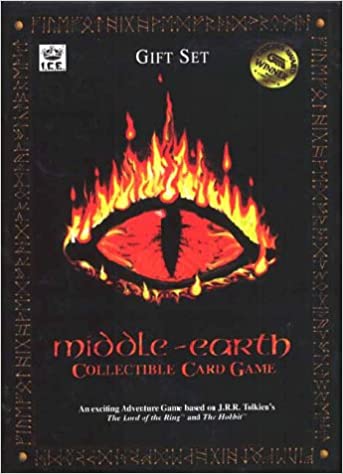Middle-Earth Role Playing – A Game From A Different Age – PRIME
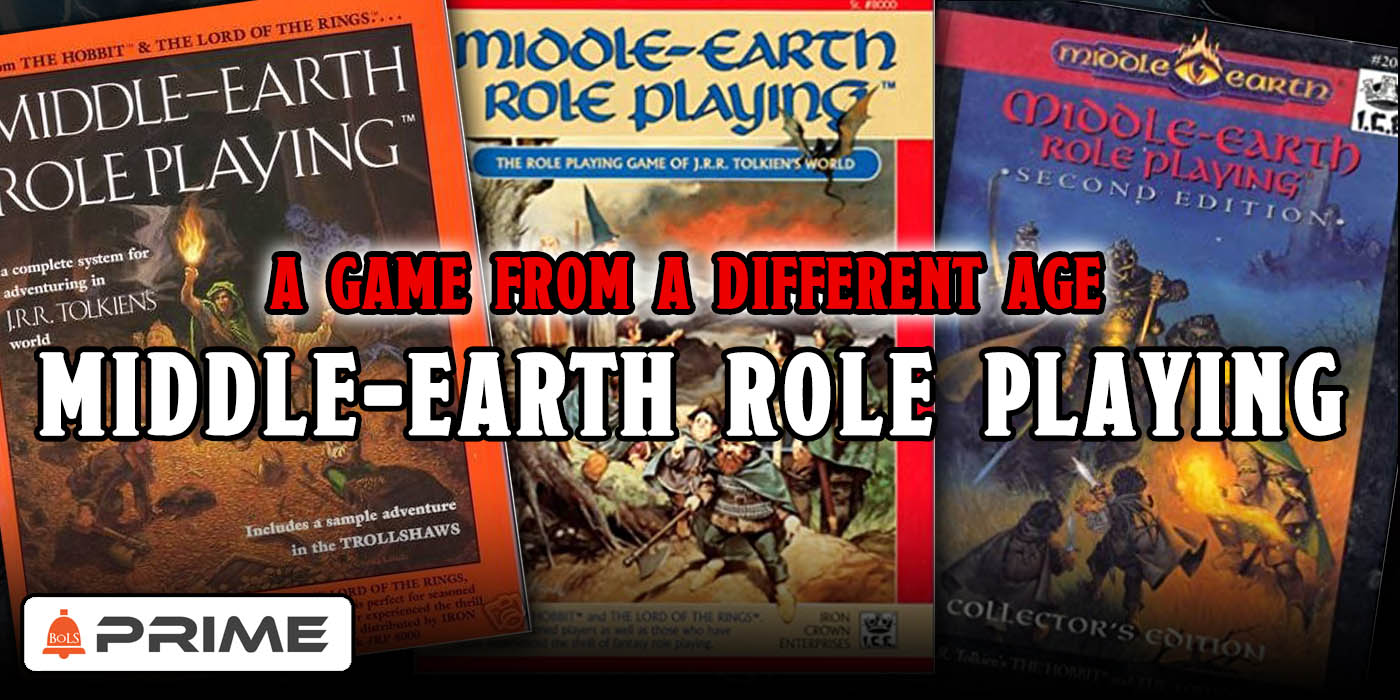
We all know Middle-earth was one of the inspirations for D&D, but did you know D&D inspired an RPG set in Middle-earth? It all starts with an Iron Crown.
The world of Middle-earth set the tone for so much of what we consider “fantasy” as a genre. It’s hard to imagine a fantasy world that hasn’t been touched by the works of Tolkien’s Legendarium. And later, when the Lord of the Rings Movies helped redefine the look and feel of epic, three-hour movies, it changed so much of our visual language. The Lord of the Rings casts a long shadow whose influence can be felt even in Dungeons & Dragons. Elves, dwarves, orcs, halflings, mithril, magic rings that turn you invisible–all of these can be found in the very first D&D pamphlets, ad they continue to endure through to today. There’s no question that Middle-earth left its mark on D&D.
But today we’re going to talk about how D&D influenced a small part of Middle-earth, launching one of the most beloved retro games, Middle-earth Roleplaying, or MERP. Like most games from the late 70s/early 80s, MERP has its roots in the home game of one of the designers. Because the story of Middle-earth Roleplaying is also the story of Rolemaster, and it’s also the story of Iron Crown Enterprises.
It all begins in the late 70s with Pete Fenlon, the founder of Iron Crown–though at the time, Fenlon, then in college, ran a six-year D&D campaign set in J.R.R. Tolkien’s Middle-earth that parlayed into a company known as Iron Crown Enterprises (named after the Iron Crown that Morgoth Bauglir forged, and within which the three Silmarils were set before he was banished from the world, obviously), which had many ideas but not much in the way of what you’d call funding.
With such an auspicious beginning that the company lost four of its initial founders (dropping from 10 to 6), things were already off to a rocky start, but Iron Crown looked to find their footing with the release of Arm’s Law, which was originally a collection of house rules. In this initial release, we find the set of rules that would eventually become Rolemaster–though at the time, Arms law existed as an alternate set of combat rules to AD&D’s new rules. You have to understand, this was back when TSR was known as “They Sue Regularly” making reference to the particular zeal with which Gygax and the other directors at the gaming giant, attempted to clamp down on hacks and remixes of D&D.
Which, at the turn of the 80s, was most of the work. Designers would frequently engage in freeform expansion to TSR’s Core Games, releasing new monsters manuals, rules for thieves’ guilds, and so on–it was a lot like what you can find today in communities/storefronts like DrivethruRPG and Itch.io, but without sanction or built-in marketing.
But back to Arms Law. Arms Law was a much more complex version of AD&D’s comparatively streamlined combat systems. Every weapon came with its own chart which could be cross-referenced against armor type to show the different results for different kinds of hits. The game eschewed the typical d20 roll for a more precise percentage-based system that introduced “open” or “exploding” die rolls that allowed results above or below whatever numbers show on the die.
The success of Arms Law, led Iron Crown Enterprises to put out a second big release, The Iron Wind, which was more of a system-agnostic campaign setting set on a fantastic island which was extensively mapped out, so that GMs could pretty readly put together encounters and dungeons. And through it all, Rolemaster’ starts taking shape. And when it’s released, Rolemaster is a success. It’s careful simulation of real-world events found an audience hungry to more granularly represent certain aspects of the game through elaborate rules.
Which makes sense from a certain perspective. In the late 70s and early 80s, games were especially about modelling/simulating whole worlds through their game mechanics. And Rolemaster promised and delivered exactly that. And fresh off their success, Iron Crown successfully approaches Tolkien Enterprises with a request for the Hobbit and Lord of the Rings licenses. And according to the Tolkien estate, the whole reason it was even up for grabs in the first place was that no one asked. So let that be a lesson.
Almost immediately with MERP, Iron Crown starts to release some fairly popular supplements, including a massive map of Middle-earth which proved to be so successful that maps became an expected part of the various MERP supplements as they rolled out. It seems like such an easy case–Lord of the Rings, even then, was a phenomenally recognizable license. And with appendices full of pre-written lore, all Iron Crown had to do was pick an era to begin writing about. But they never stuck to one decision.
The initial plan might have been to stick to the year 1640 (Third Age), but so many books were released that allowed for campaigns to take place in the War of the Ring era, or else in Middle-earth’s distant past. But even with this scattershot decision making, MERP proved to be incredibly popular for Iron Crown. Its initial success led the company to experiment with board games and war games that tried to bring to life various moments from the books. But, no matter what venture they’d try, it always seemed to come back to MERP.
And again, the rules were already there, MERP used a modified version of Rolemaster, so what did Iron Crown talk about in their books? Well, much like the Star Wars RPG that would soon be in development, MERP looked to expand the known corners of Tolkien’s Legendarium. During the first ten years of MERP, Iron Crown tended to focus on supplements that were “heavy on setting” but “light on mechanics.” Which can be seen in the first big campaign books released for Middle-earth. The Campaign Books are still regarded as some of the most in-depth setting books ever published for roleplaying.
Though it seemed to be anyone’s guess what topics they would cover. Though these books were extensively researched, common sense inclusions like The Shire, never came up until later. The result left some gamers frustrated, but again, the power of a good license is a pretty big draw all its own. And as MERP grew, so did Iron Crown. And for a time, it all seemed great. Iron Crown could release new books and explore new niches, allowing them to experiment with genres outside of their money-making main property, which is where the problem starts.
Middle-earth was what their audience was interested in. Iron Crown put out books like Outlaw and Western Hero or Dark Space and Time Riders, but even as Iron Crown expanded, the recession of the 80s into the 90s hit and hit hard. With so much horizontal investment starting to go, well, sideways, Iron Crown was forced to furlough its employees with no notice. To hear one of the employees tell the tale, one day they turned up for work to discover that the doors were locked, and a sign reading “Closed, by order of the Sheriff” was placed prominently front and center.
How does one of the big names in RPGs end up there, though? Well for that answer we need only turn to Iron Crown’s answer to the popular new Endless Quest books being released from TSR to much fanfare. Iron Crown hoped to capitalize on the idea of a “solo adventure” and so started releasing book after book of Choose Your Own Adventure style games that took you through the various locations. All seemed well until a lawsuit between the Tolkien Estate and Iron Crown poked its head over the horizon.
The accusations levied at this trial forced both Iron Crown and the Tolkien Estate to admit to their own cautiousness with the other, leading to Iron Crown needing to recall and destroy the Middle-earth Quest books–to the tune of something like 2.5 million dollars lost on this venture–a disaster which led the company to the edge of bankruptcy in 1992. In the wake of the lawsuit negotiations with Iron Crown and the Tolkien Estate had to be coaxed back up again, though Iron Crown was forced to take more drastic action to try and revitalize the Middle-earth line. And to their credit, the company managed to keep itself on the edge for another seven years until a few half-hearted attempts to break into video games and a new edition would ultimately lead to the company being a prime candidate for the knockout blow to the industry that was the rise of CCGs.
Like everyone else in the 90s, when Magic: the Gathering was revelaed to be a system for printing money, Iron Crown tried to capitalize on the craze with the Middle-earth Collectible Card Game, but their attempt couldn’t thread the needle. It ended up being a complicated mess of mechanics that offered up a variety of options like trying to have dueling wizards while also destroying the One Ring and having armies battle over different sites and regions and resources. It’s a testament to the strength of the CCG rush that this game managed to do about $12,000,000 worth of business, and that it was translated in to 13 different languages. However, CCGs are a volatile market, and once the initial rush faded, Iron Crown found themselves quickly being overwhelmed by debt and unable to hang on to the Middle-earth license. And in 1999, when the Tolkien estate called in their debts, Iron Crown declared Chapter 11, and the Tolkien estate reclaimed the license.
MERP was only the beginning. There have been many other games to use the Middle-earth/LotR license in the meantime, but MERP still leaves its mark on the gaming landscape today.


